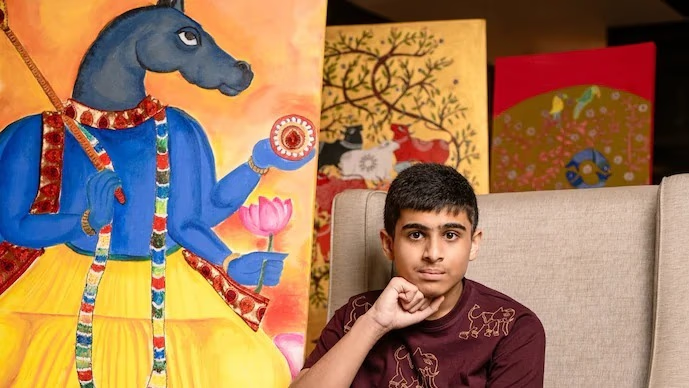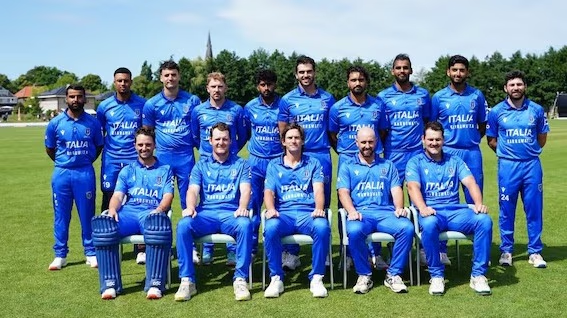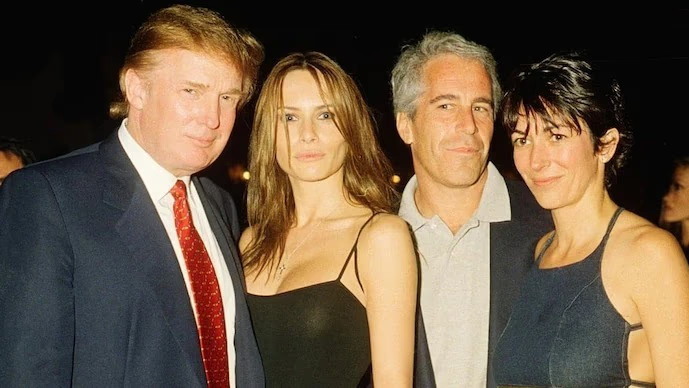The young artist Akhil Anand doesn't just paint; he weaves fantastical visual stories by merging the mysteries of mathematics, mythology, and nature. At just 14 years old, this Chennai-based artist is readying for his solo exhibition, Morphogenesis, where the Fibonacci spiral, Indian temples' designs, and Islamic geometry harmonize on one canvas.
Akhil's world of creativity is rich and multifaceted. Training under the artist Diana Satish since the age of nine, Akhil has collaborated with rural artisans in West Bengal, initiated the inclusive design venture Hast, authored a book 'The Heart of Math', and created his design language 'Akhilism'. Yet behind these achievements is a curious teenager who finds joy in travel, texture, and occasionally watching Star Wars with his father, the five-time World Chess Champion, Viswanathan Anand.
In this open conversation with India Today, Akhil discusses the patterns shaping his art, the people who inspire him, and why he believes beauty, like equality, must be felt by all.
Your exhibition 'Morphogenesis' brings together mathematics, mythology, and nature—three distinct fields. What inspired you to explore their fusion through art?
- During the pandemic, I discovered the Fibonacci sequence. Soon I realized it explains many patterns in nature, and I began to depict it. Later, due to M.C. Escher, I became interested in Islamic art. Then I started thinking about sphinxes in Indian art and temples, gradually realizing patterns connecting them all.
You trained under Diana Satish since the age of nine and worked with local artisans in India's traditional arts. What impactful lessons or stories did those encounters leave you with?
- I cherished my 2022 visit to Pingla. There, the entire village consists of artists, with families working together on art, surrounded by biodiversity that fuels their creativity. Trees and flowers provide natural colors like vermilion or aparajita. Working with artisans lacking electricity or internet was eye-opening, an experience I joyfully incorporated into my style.
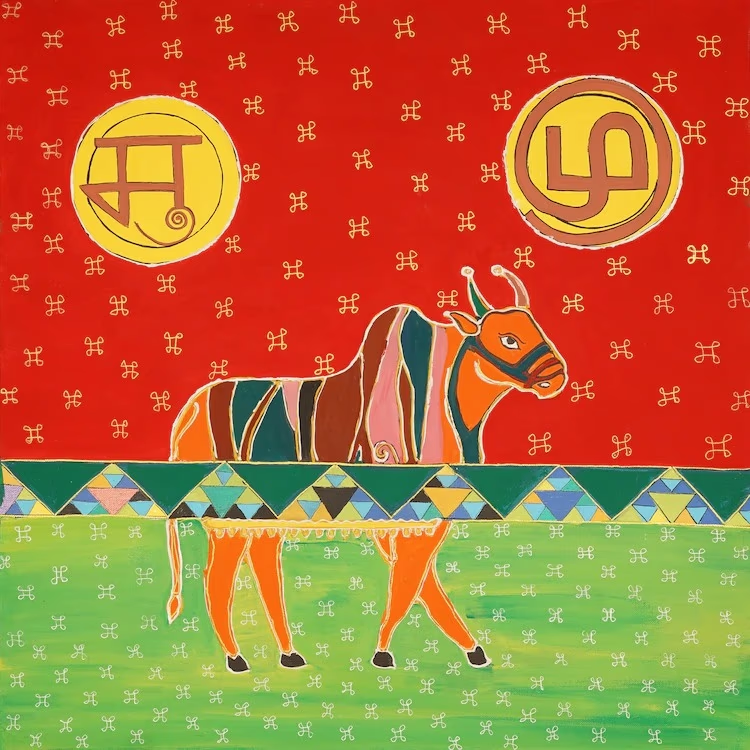
Source: aajtak
With 'Akhilism' and Hast, you're merging art with social impact. What role do you think artists have in making the world more inclusive and empathetic?
- I love our constitution's preamble, 'We the people of India', which doesn’t specify identities. Everyone should feel equal, whether in school or at a mall. Art can make people happy or sad. I love working with Hast as it allows me to meet those who engage with my blocks and model my designs, which instills pride. I wanted to include touchable art in my exhibit but lacked time. I aim to explore using textures to further inclusivity in art.
As a young weaver and author of The Heart of Math, you’re clearly drawn to complex patterns and sequences. How has your love for mathematics influenced your creative work?
- I adore weaving. Initially, it seemed daunting, but I quickly took to the loom's operations. I enjoy considering how patterns can fit into my ideas. In simple terms, when painting Ganesh, I love sneaking in a tiny spiral somewhere. I try to excel in math but prefer math I can see.
You've exhibited at prestigious venues at a young age. Has this early recognition changed how you view your art, or does it heighten your sense of responsibility for your next work?
- I love when people appreciate or purchase my art. It fills me with pride that they find it beautiful or dazzling. If there's an exhibition, I get excited about travel and dining at new restaurants. I enjoy when people ask questions and am thrilled when my answers motivate them to buy my work.
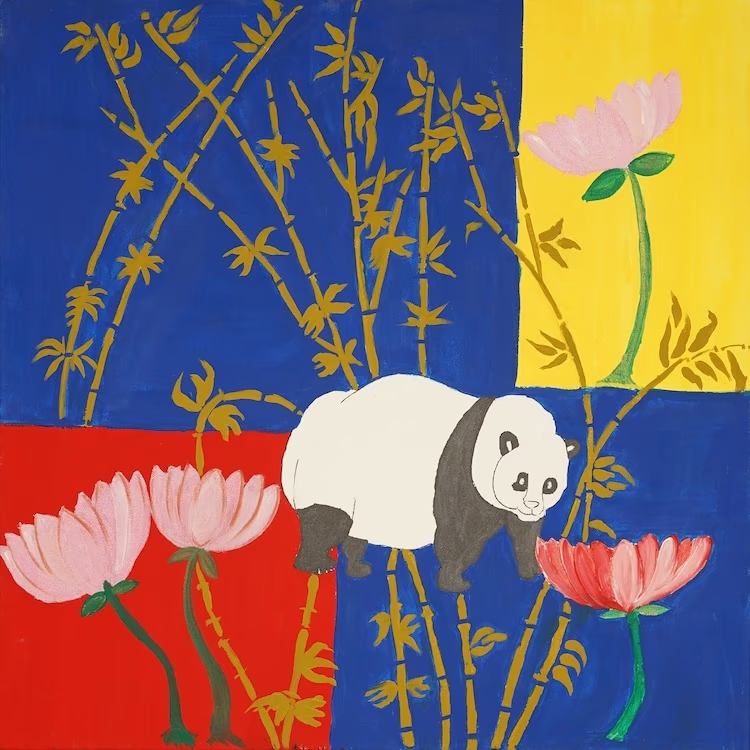
Source: aajtak
Coming from a family where excellence is a legacy, with your father Viswanathan Anand being a global icon in chess, has this influenced your journey in any way - be it motivation, perspective, or perhaps an unspoken pressure to carve your own identity?
- My dad isn't one to offer advice, but occasionally when I feel a painting went awry, and I'm downcast, he takes me for a walk and shares his own experiences with mistakes and their impact. I love attending music concerts with him, and he often mentions that my music inspired him during tournaments.
It's exhilarating to watch my dad play, especially when winning, but he enjoys staying with me while I create art and poses many questions. He loves watching Batman and Star Wars with me. His favorite musicians like Sting and U2 are my favorites too, though I believe I know more songs. He always tells me to enjoy what I do and have the courage to follow my passion. (Reported by Megha Chaturvedi)
